What is Proning? Does It Help COVID-19 Patients to Improve Their Oxygen Level?
Reviewed by: Dr Swamy K B | Author: Manoja Kalakanti
A recent study has detailed the respiratory difficulties experienced by COVID-19 patients. It was mostly aimed at the respiratory physiology of mechanically ventilated patients due to their association with acute respiratory distress syndrome (ARDS). This syndrome highlights low respiratory system compliance in their supine position and so we need to find some needful ways to cure it and this shouldn’t be restricted to medication only.
When this whole world is getting infected with COVID-19 and populated countries like India are running out of proper medication and oxygen, there you need to take a lead and do something which can help you reach the required oxygen level at the comfort of your home. To cure this, experts suggest sleeping in a prone position to increase your lung recruitment and oxygenation. So, COVID-19 patients who are undergoing respiratory distress can definitely acquire physiological benefits from it.
What is Proning?
Proning is a medically approved position duly promoted by the Union Ministry of Health & Family Welfare. Here, the patient is made to lie down on the abdomen to boost oxygen level and this will enable the patient to intake more oxygen at the time of difficulty. So, COVID-19 patients with a respiratory disorder are advised to take up this exercise to curb their desperate need for oxygen support.
Recently, a study has confirmed the immediate benefits of proning where patients are made to sleep in a prone position for some consecutive hours. So, you can try this exercise under professional guidance for increased oxygen levels.
About Pronal Breathing In COVID-19
After conducting a series of researches, medical doctors have come up with the opinion that if the patient suffering from acute breathing troubles is made to remain in the prone position for 30 minutes to maximum 2 hours, it can improve ventilation to the lungs, ultimately increasing oxygen level.
This Second Wave of COVID-19 is making us feeble and clueless and we often don’t know what to do or how to save a life, when a COVID-19 patient is suddenly suffering from the crisis of massive medical oxygen shortage. The patients who are mostly kept in home isolation face this difficulty most frequently. To know more about COVID-19/Post-COVID-19 phase, continue reading Symptoms And Home Remedies For Post COVID-19 Syndrome.
How Can It Boost Your Oxygen Level?
At present, proning position is now widely recommended by doctors for those suffering from acute respiratory difficulties under home isolation. Patients who are undergoing a reduction of SpO2 level should practice this exercise at home to successfully battle out respiratory issues to breathe better.
An increased demand for oxygen is making the situation worse for the hospitals and oxygen suppliers. To handle this situation in a better way, doctors are currently recommending patients to adopt this proning exercise to manage oxygen level in a better way. Recently, The Ministry of Health & Family Welfare Government of India has suggested each and every medical unit to introduce this proning exercise to COVID-19 patients who are currently suffering from immense respiratory disorders.
Case Study
According to a source, an 82-year-old woman from Gorakhpur, UP has been reported to have seen an instant improvement in her oxygen reading, from 75 to 94 just by doing proning exercise. It should be added here that the lady was made to sleep in a prone position for the entire night to stabilize her condition.
Who Can Opt For It?
It is important to be aware of the fact that all patients affected with COVID-19 don’t need to adopt the proning exercise. It is specifically meant for those who are facing respiratory disorder or oxygen deprivation and immediately need medical attention and artificial oxygen to stabilize their conditions or raise their oxygen level. It has been discovered recently that by simply lying on the stomach by keeping some pillows as support, you can magically overcome this crisis. In this way, you can actually help in reducing demand for oxygen.
Proning can be effective to patients whose oxygen levels drop below 94 and continue to fluctuate for the entire day. This exercise works well when external support like ventilation or an artificial oxygen cylinder is hard to find.
Importance Of Prone-Lying
Proning position is widely known for improving the PaO2/FiO2 ratio rapidly, which ultimately helps in reducing mortality among patients with ARDS in this sudden outbreak of the pandemic. In this context, experts have shared some benefits for COVID-19 patients who are equipped with or without ventilators. It has been suggested that this position of proning will allow:
- Better expansion of the lung (dorsal)
- Improve body movement
- Increase removal of secretions
- Create advancement in oxygenation
- Enhance regular monitoring of SpO2
- Control Hypoxia
- Maintain good ventilation
It should be noted that proning exercise is gaining importance in this crisis of COVID-19 and mostly when it is getting difficult to arrange proper ventilation or artificial oxygenation for each and every patient undergoing acute respiratory disorder.
What Should Be The Position Of Your Pillow?
For decades, this exercise named proning has been practised by many in the United States and now its effectiveness is recently gaining importance in the care plan of COVID-19 patients. So, those who are going through respiratory disorder due to COVID-19 should start practising this to have a check on their oxygen count at home as it requires basic home items like pillows and a mattress to start with.
Here, the positioning of the pillow is very important and you only need to be highly cautious about it and so the steps you should follow are:
- Step 1 – Place a pillow below your neck
- Step 2 – Keep 1 or 2 pillows under your chest and upper thighs
- Step 3 – Place 2 pillows below the shins
- Step 4 – Keep 1 pillow below your head
A series of scientific studies have confirmed that proning is essential for patients experiencing mild to severe respiratory distress. Proning can temporarily help them from acquiring immediate medical attention or ventilation as it can rightly improve signs of oxygenation.
Ways To Do Self-Proning
At present, Self-Proning is gaining popularity because it has proved its effective to those whose oxygen level drops below 94 suddenly when they are suffering from COVID-19 and restrict themselves in home isolation. Then, by following some simple steps of proning exercise, you can actually overcome any unpredicted severe condition.
For proning exercise, a patient usually undergoes a series of manual turns which he/she has to practice in a synchronized manner, like:
- First, turn the patient in a prone position or make him/her lie on the belly
- Now, turn the patient laterally i.e, on the right side
- After a while like 30 minutes to 2 hours, make the patient sit up with spine straight
- After 30 minutes to 2 hours, turn the patient laterally (sideways) again i.e, on the left side
- At the end, turn the patient in the initial prone position again
In this Second Wave of COVID-19, patients are increasing every day and hospitals are under stress and so to avoid such horrific situations, doctors have started advising patients of mild symptoms to self monitor their oxygen levels to understand whether they need to go to a hospital or not. But, those who are experiencing discomfort in breathing can lie on their belly and follow the above-mentioned guidelines to temporarily handle the dire situation.
What do you need for Self-Proning?
The requirement to practice self-proning at home is very basic. You need to have some medicated pillows to relieve pressure, a mattress to lie down and an oximeter to check on the oxygen level. If you can do self-proning by seeking little guidance from professionals, you can definitely overcome breathing difficulties which are turning into the most common symptoms of COVID-19.
Precautions To Keep In Mind
There are certain things to note about the proning method to get the best results in oxygenation. First, it should be remembered always that it is a temporary substitute and not a permanent replacement of hospital, ventilation or artificial oxygen. So, if you are practising proning at home without any professional guidance, it is important to keep these precautions in mind:
- Don’t keep the patient in any position for more than 2 hours
- You should monitor the patient’s heart rate, blood pressure and pulse before each movement and position
- You should practise proning after an hour of your meal
- You should do proning exercise as per your comfort and tolerance
- The pillows should be strictly adjusted to alter your pressure areas
- You should be well aware of your sores or injuries while doing it
So, if you are well-aware of these precautions and can allow a professional to give online tutorials on this prone exercise, then you can definitely improve your oxygen level instantly and overcome the risk of cardiac arrest.
Benefits Of Prone Position To COVID Patients
Recently, medical experts are of the opinion that adopting awake prone positioning for COVID-19 patients can be highly beneficial. It has been observed that non-intubated patients with COVID-19 pneumonia can possibly incur low risk and low-cost manoeuvre that there occurs a delay in acquiring intensive care.
So, some of its reported benefits are :
- High tolerance of prone positioning
- Improved respiratory parameters
- Bring critical patients to safety
- Medically accepted position to improve breathing comfort
- Enhanced oxygenation
- Provide breathing comfort to COVID-19 patients during home isolation
So, it is important to add here that prone positioning ventilation or prone exercise have already started gaining popularity in the medical units to treat COVID-19 patients suffering from respiratory discomfort.
Supine Position Vs Prone Position
Some researchers have conducted an analysis on the recovery rate of the patients suffering from acute respiratory distress syndrome, when they are adopting prone position ventilation or supine position ventilation.
It has been reported that 60-70% of patients with acute respiratory distress syndrome (ARDS) showed considerable improvement in oxygenation when turned from supine position to prone one. In this case, improvement of oxygenation is rapid and it helps in reducing FIO2 or level of CPAP. To be specific, in the supine position, hydrostatic pressure initiates a sudden collapse in the lung (dorsal) regions whereas in the prone position, the lung region becomes ventral, creating good oxygen circulation.
Who Should Avoid Proning?
Proning is considered as a medically accepted position to improve breathing comfort and there we need to maintain some do’s and don’t as well to achieve the best result. Along with its benefits, experts have also produced a list stating who should avoid proning.
- Pregnant women
- Suffering from deep vein thrombosis
- Under major cardiac conditions
- Have an unstable spine, femur or pelvic fractures
They are the ones who should strictly avoid proning as it can cause issues in their health and they can even face the risk of death. Any kind of exertion or rapid movement can cause discomfort in such patients, and so it is important to be cautious of such exercise or movement and prior consultation is required in such cases.
Is proning better than mechanical ventilation?
At present, we are not quite sure about the fact which one is better – proning or mechanical ventilation. Recent studies have confirmed that proning can add effectiveness in critical patients during mechanical ventilation. It has been reported that mechanical ventilation in prone position tends to improve oxygenation and mitigate various harmful effects created by mechanical ventilation on patients. In short, the proning method can reduce the mortality rate among patients and so it is slowly included in the care plan of COVID-19 patients, undergoing respiratory disorder.
Points to remember
- Makes improvement in oxygenation
- Intervenes with minimal risk
- Helps in maintaining oxygen level above 95
- Cures breathing difficulties
- Reduces symptoms of Hypoxia
Conclusion
Thus, it can be concluded that proning is currently proving as a boon to those COVID-19 patients who are experiencing breathing difficulties and that too at a low cost and using minimal manpower; and in this way, there is still an underlying hope to recover from this deadly virus permanently.
FAQs
- How can a prone position help COVID patients improve?
Whether you are taking care of yourself or your loved ones, you should be extremely careful about giving them proper medication and food and if their condition worsens, you should take them straight to the hospital.
- What is proning?
Proning is a medically approved position, promoted by the Union Ministry of Health and Family Welfare to stabilize the condition.
- Does it help in improving oxygen levels?
Proning will help in improving oxygen levels by simply doing some exercises to restore healthy blood oxygen levels (SpO2) or blood oxygen saturation.
- What is the guide to prone position?
The Health Ministry recently shared a step-to-step guide for proning – a medically accepted position to improve breathing comfort and oxygen intake.
- Can lying in the prone position can help to increase your oxygen?
Experts have already confirmed that prone position helps in improving oxygen flow in patients who are critical and ensure that they require less ventilation.
- Are your oxygen levels dropping at home?
COVID-19 patients have a tendency to experience a sudden massive drop of oxygen level when you are in home isolation and so to face any kind of emergency, you need to be prepared about the consequences.
- How to practice proning?
Proning is not a very difficult exercise to practice. It is a simple task of lying on your belly over a bed of medicated pillows.
- What precautions should be taken?
Proning method is a temporary substitute and not a permanent solution or replacement for hospitals or artificial oxygen and it is not meant for all, so you need to be highly cautious about implementing it.
- How to do self-proning?
In order to do self-proning at home, you need to follow some simple steps and work on them. It can help you to remove your breathing difficulties and enhance ventilation.
- How does Awake proning help Covid-19 patients?
Awake proning is a safe exercise and it can encourage you to take up this exercise to reduce your demand for IMV.
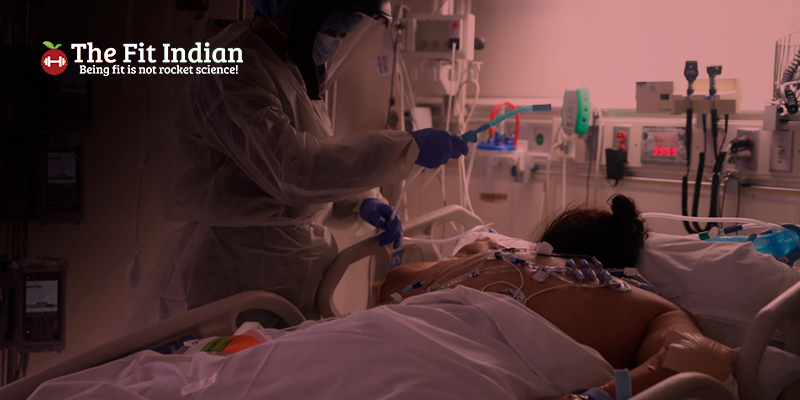
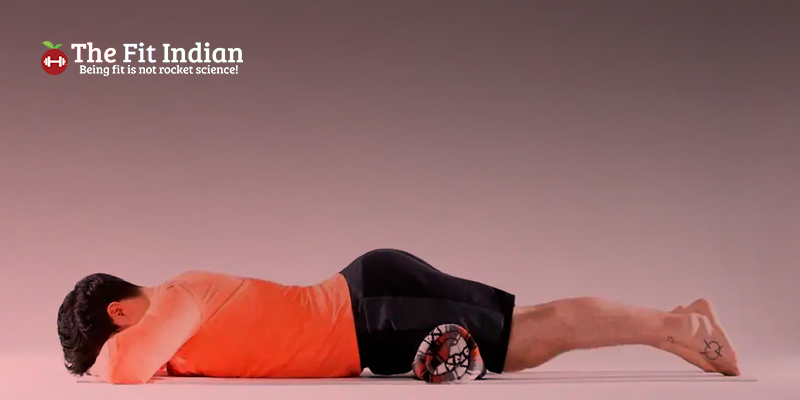
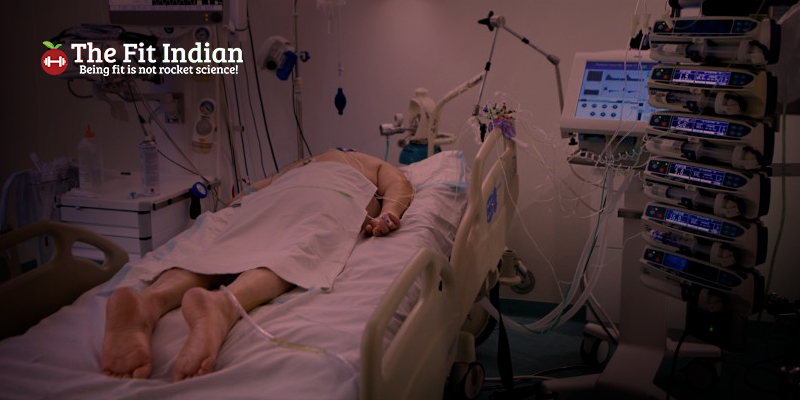
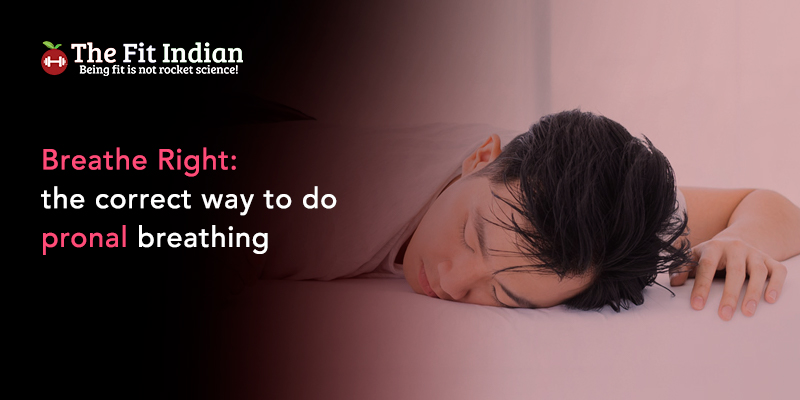
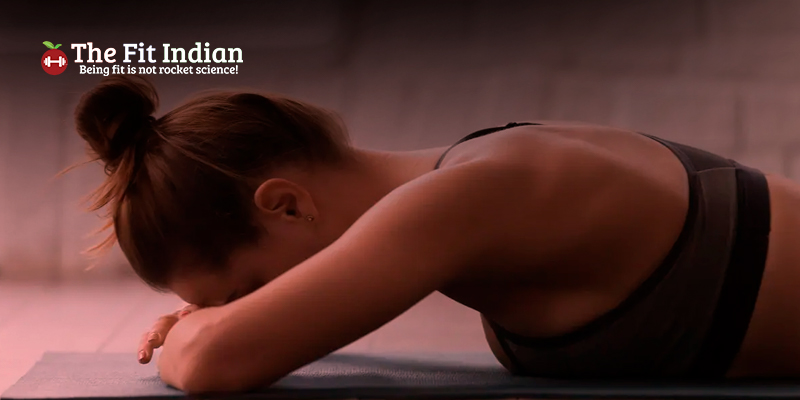
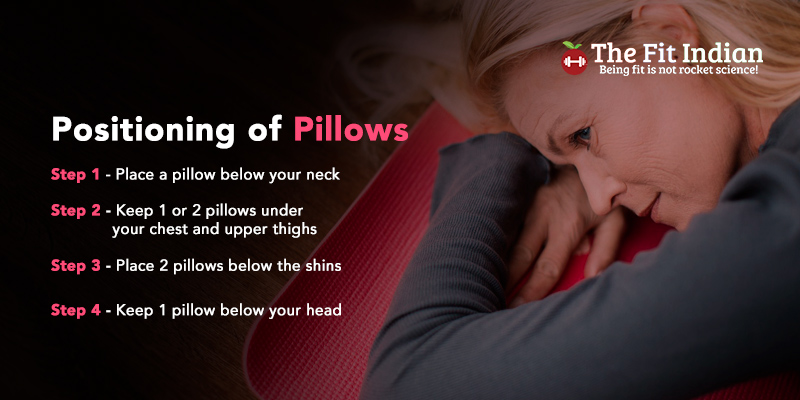
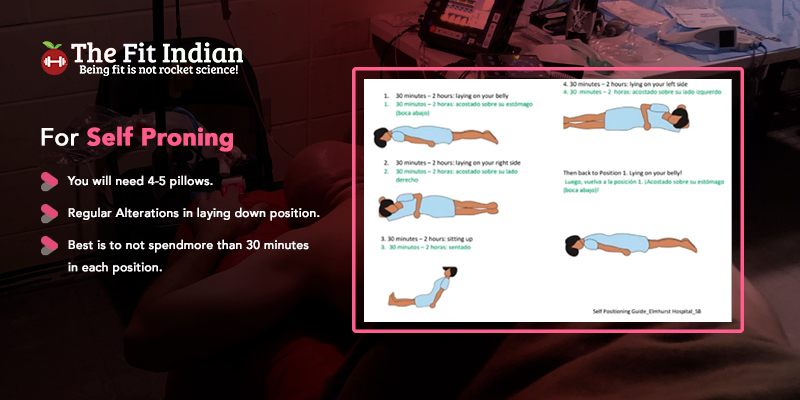

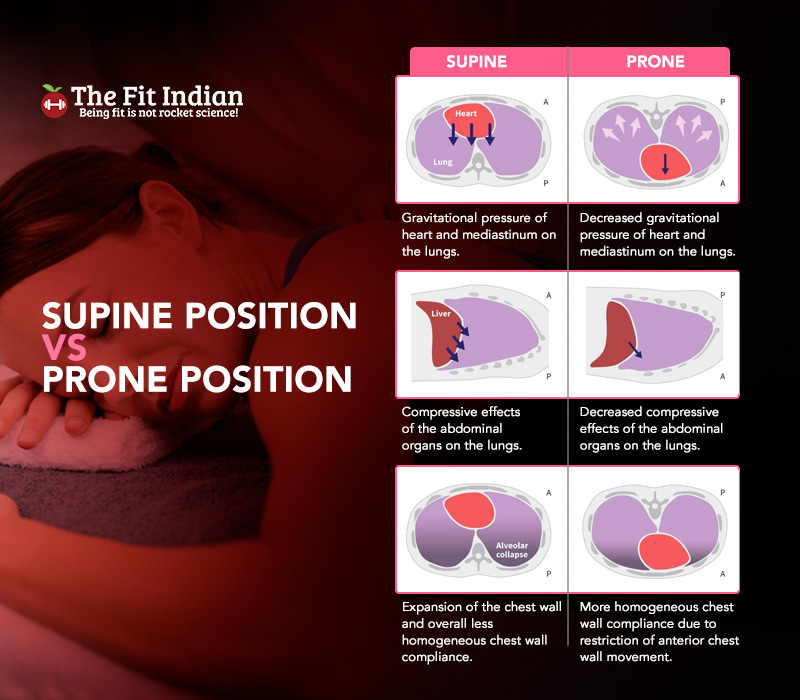
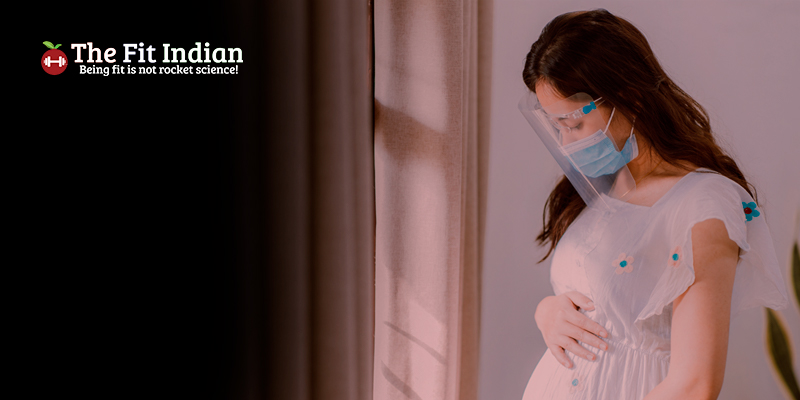

Manoja Kalakanti